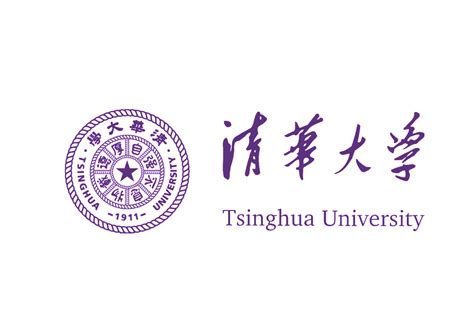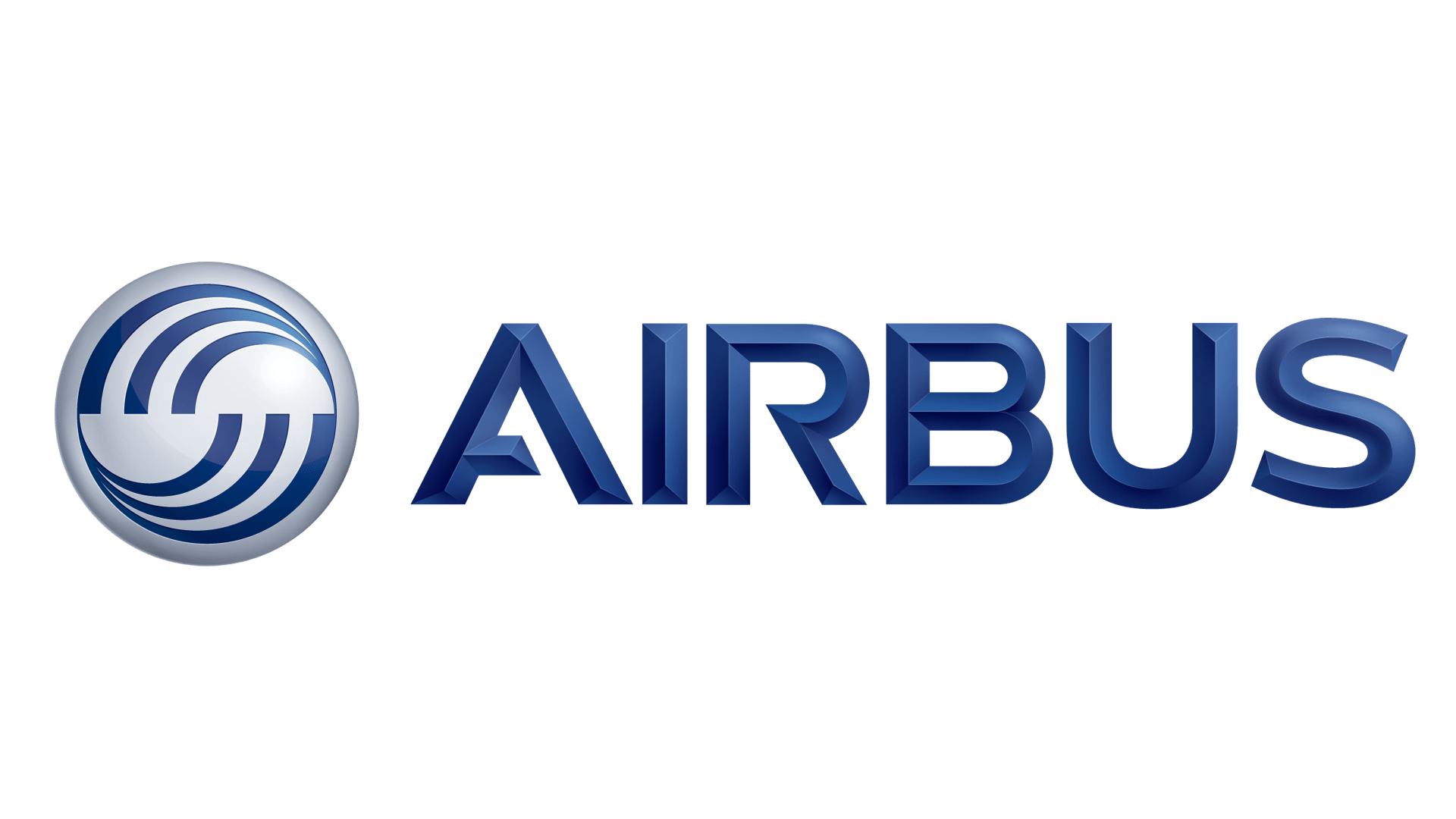
By UKenna Hughes-Castleberry ithunyelwe ngomhlaka-26 Ephreli 2024
I-Quantum News Briefs: Ephreli 26, 2024: izifinyezo zokukhishwa kwabezindaba ngezansi:
Zurich Instruments and QuantWare Provide Out-of-the-Box Qubit Readout
![]()
Zurich Izinsimbi futhi QuantWare, leaders in quantum control systems and superconducting quantum devices, respectively, babambisene to enhance the accessibility and functionality of quantum computing technologies. They are introducing a novel, integrated solution that simplifies tuning the full qubit readout chain, which is crucial for achieving high-fidelity qubit readout. This solution combines QuantWare’s Crescendo-S, a traveling-wave parametric amplifier designed for scalable readout, with Zurich Instruments’ advanced controller and readout electronics. This collaboration promises quantum-limited readout performance and aims to accelerate the development of practical quantum computing applications by making sophisticated technology more user-friendly and effective. The integration is further supported by Zurich Instruments’ unique parametric pump controller and LabOne Q software, enhancing readout fidelity and simplifying the overall setup for quantum computing practitioners.
Quantum Computing Inc. Secures Sale of Revolutionary Underwater LiDAR Prototype
![]()
Inkampani ye-Quantum Computing, Inc. (QCi), a pioneer in quantum optics and nanophononics, kumemezela the sale of its innovative quantum LiDAR prototype to Johns Hopkins University for $200,000. The prototype, which boasts a resolution of 3mm and can function up to 30 meters underwater, represents a significant breakthrough in underwater LiDAR technology. This system is distinguished by its ability to tune and time-gate single photons in LiDAR return signals, enhancing the precision and depth of underwater environmental studies. Johns Hopkins will use the prototype for research and development, potentially advancing our understanding of underwater phenomena. QCi’s technology, which incorporates advanced photon detection and a green laser for optimal water penetration, aims to facilitate comprehensive environmental management and protection strategies by providing unprecedented detail and accuracy in underwater imaging.
Center for Quantum Information (CQI), Tsinghua University, Bejing Researchers Announce Successful Test of Quantum Memory Framework

Abacwaningi at Center for Quantum Information at Tsinghua University in Beijing have made intuthuko enkulu in quantum computing by developing and successfully testing a new programmable quantum memory framework, which was recently detailed in their publication in the Ukubuyekezwa Komzimba X journal. This quantum memory can store 72 optical qubits and handle 1,000 consecutive read-or-write operations, demonstrating a capacity and functionality vastly exceeding previous models. The researchers’ work highlights quantum memory’s potential as a foundational technology for quantum repeaters, essential for building extensive quantum networks and facilitating networked quantum computation. This breakthrough supports the global push towards realizing practical quantum networks, aligning with ongoing quantum internet efforts in cities like Chicago, NYC, and Chattanooga, as well as by major cloud providers such as AWS. The Tsinghua team’s innovative quantum memory promises to significantly enhance the capacity and efficiency of quantum networks, paving the way for more sophisticated quantum computing applications.
MIT scientists tune the entanglement structure in an array of qubits

Abacwaningi basuka Ama-MIT's Engineering Quantum Systems (EQuS) group have ithuthuke kakhulu quantum computing by developing a technique to generate and control entanglement among superconducting qubits efficiently. This achievement, published in Nature, allows for manipulating entanglement types and shifting between volume-law and area-law entanglement, which are critical for enhancing quantum computing’s power. The team utilized a quantum processor with 16 qubits arranged in a two-dimensional grid, employing microwave technology to adjust the entanglement’s nature. This capability demonstrates the potential for advanced quantum simulations and marks a step forward in understanding and utilizing entanglement for practical quantum computing applications. The experiment’s success highlights the robust capabilities of superconducting quantum processors. It sets the stage for future explorations into the thermodynamic behaviors of complex quantum systems, which are beyond the reach of classical computing methods.
Carnegie Mellon University Researchers develop deep learning alternative to monitoring laser powder bed fusion

At Carnegie Mellon University’s College of Engineering, researchers athuthukile a novel deep-learning method for in-situ visual monitoring of metal additive manufacturing (AM), particularly during the laser powder bed fusion (LPBF) process. This innovative approach utilizes airborne acoustic and thermal emissions to capture and analyze melt pool geometries, offering a cost-effective alternative to traditional high-speed camera systems, which require expensive equipment and extensive data management. Published in the Journal of Additive Manufacturing, the team’s method can almost instantaneously predict transient melt pool variabilities and detect common defects such as lack-of-fusion. This technique reduces the cost and complexity of monitoring and enhances the ability to produce consistently durable products by identifying and addressing flaws in real time. The research aims to expand its applications to other materials and additive manufacturing processes, potentially revolutionizing AM monitoring with a more accessible and efficient technology.
Demonstration of heralded three-photon entanglement on a photonic chip from University of Science and Technology of China

Researchers at the University of Science and Technology of China have significantly advanced photonic quantum computing by ukubonisa a large cluster state, specifically three-photon entanglement, which is a critical development for applying quantum computation in photonic systems. Published in Izincwadi zokubukeza ngokomzimba, their research addresses the challenge of weak photon interactions, which has been a major hurdle in achieving scalable quantum computation with photons. The team has successfully generated a heralded 3-GHZ state in a photonic chip using a state-of-the-art InAs/GaAs quantum dot as a single-photon source by employing techniques such as fusion and percolation. This breakthrough could accelerate the development of fault-tolerant, large-scale optical quantum computers, enhancing the efficiency and capabilities of photonic quantum computing and bringing us closer to realizing its potential advantages, including operation at room temperature and minimal decoherence.
In Other News: Airbus article: “Is quantum computing an enabler for the decarbonisation of aviation?”

Airbus is actively exploring the potential of quantum computing to revolutionize aerospace technology, particularly in areas like aircraft trajectory optimization and cargo loading, as mentioned in a recent iposi blog. At its Silicon Valley innovation center, Acubed, Airbus conducted a study on quantum trajectory optimization in 2023, demonstrating how quantum algorithms might soon optimize flight paths in real time by accounting for complex variables like air traffic and weather conditions. In 2022, Airbus also utilized IonQ’s quantum computer for a cargo loading use case, aiming to solve the highly complex ‘knapsack problem’ of efficiently loading cargo containers. Beyond these practical applications, Airbus is also investigating quantum computing in computational fluid dynamics to enhance aircraft design and aerodynamics, breaking current computational bottlenecks. This initiative is part of broader efforts, including a partnership with BMW through the Quantum Mobility Quest, to leverage quantum technology in developing sustainable aviation solutions and reducing the industry’s carbon footprint.
- I-SEO Powered Content & PR Distribution. Khuliswa Namuhla.
- I-PlatoData.Network Vertical Generative Ai. Zinike Amandla. Finyelela Lapha.
- I-PlatoAiStream. I-Web3 Intelligence. Ulwazi Lukhulisiwe. Finyelela Lapha.
- I-PlatoESG. Ikhabhoni, I-CleanTech, Amandla, Environment, Ilanga, Ukuphathwa Kwemfucuza. Finyelela Lapha.
- I-PlatoHealth. I-Biotech kanye ne-Clinical Trials Intelligence. Finyelela Lapha.
- Source: https://www.insidequantumtechnology.com/news-archive/quantum-news-briefs-april-26-2024-news-from-zurich-instruments-and-quantware-quantum-computing-inc-center-for-quantum-information-cqi-tsinghua-university-bejing-m/



